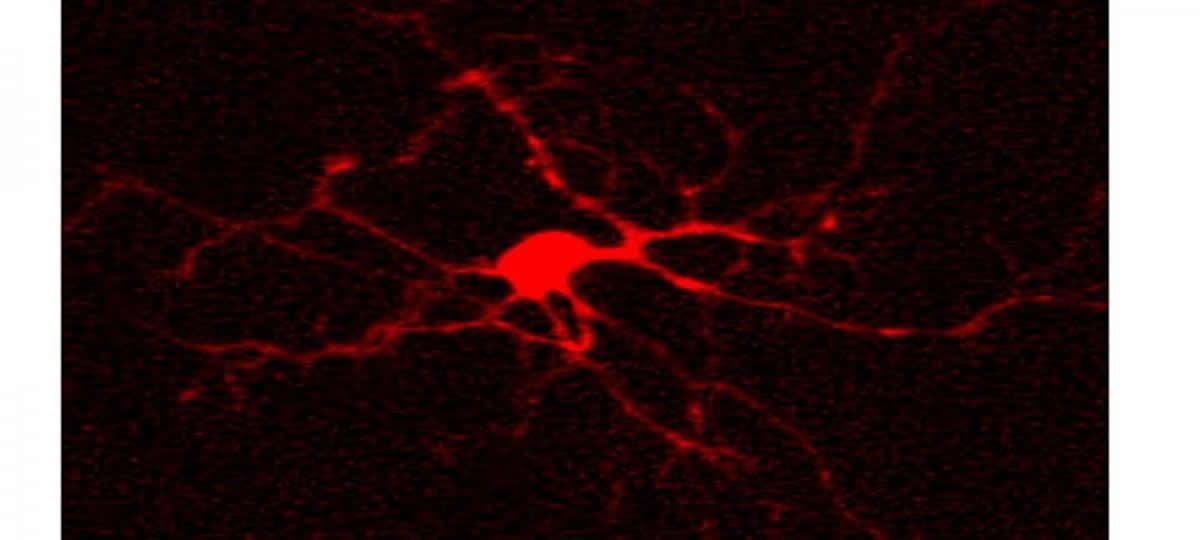Fatal uncoupling in the epileptic brain: Scientists at the University of Bonn discover a new cause of the prevalent seizure disorder.
Epilepsy is a very prevalent neurological disorder. Approximately one-third of patients are resistant to currently available therapies. A team of researchers under the guidance of the Institute of Cellular Neurosciences at the University of Bonn has discovered a new cause to explain the development of temporal lobe epilepsy: At an early stage, astrocytes are uncoupled from each other. This results in the extracellular accumulation of potassium ions and neurotransmitters, which cause hyperexcitability of the neurons. The results are being published in advance online in the journal “Brain”. The print version will be published in May.
Approximately two percent of the population suffers from epilepsy. “Despite intense research efforts, the causes of this disease are still largely unclear,” says Prof. Dr. Christian Steinhäuser, Director of the Institute of Cellular Neurosciences of the University of Bonn. Approximately one-third of patients are therapy-resistant. “In some frequent forms such as temporal lobe epilepsy, this percentage is even significantly higher,” says the researcher. For this reason, scientists are searching for new strategies in epilepsy research to develop new, more efficient therapeutic approaches.
Astrocytes: from “brain glue” to an important partner to neurons
One such new approach in the research into causes of epilepsy has now been found by a team working with Prof. Steinhäuser. Together with neurosurgeons from the University of Bonn Hospital as well as epilepsy specialists from the Freiburg University Hospital, the Institute of Cellular Neurosciences of the University of Bonn investigated the functional properties of astrocytes. These are nervous system cells which belong to the glial cells. They were originally considered only to be “glue” holding the brain together, but in recent years, astrocytes have increasingly turned out to be an important partner to neurons.

Accumulation of potassium ions leads to hyperexcitability
“Epilepsy research is dominated by the assumption that altered properties of neurons cause epilepsy,” says Prof. Steinhäuser. His working group has now demonstrated that malfunctions of glial cells play a crucial role in the development of epilepsy. Brain tissue removed from patients with temporal lobe epilepsy was observed by the researchers to be completely lacking in astrocytes. “In this condition, no functional networks of coupled astrocytes can be formed,” says first author Dr. Peter Bedner. Because astrocytic networks are missing, potassium ions and neurotransmitters, such as glutamate, which are important for signal transmission, can accumulate in this tissue. This leads to hyperexcitability of the affected neurons and ultimately to epileptic seizures.
Is the loss of astrocytic coupling the cause of epilepsy or is this merely a consequence of hyperexcitability? To be able to address this question, the scientists specifically developed a mouse model which recapitulates key characteristics of temporal lobe epilepsy in humans. “In this model, we were able to demonstrate that during the development of epilepsy, the coupling between the astrocytes is lost very early, and changes in the neurons are observed only later on,” reports Prof. Steinhäuser.
Uncoupling is reversible at an early stage
The scientists suspect that uncoupling of astrocytes is mediated by inflammation. The causes are likely so-called cytokines which are released in the brain by activated microglial cells or astrocytes. “We were able to demonstrate that uncoupling of astrocytes – at least in the early stage of epilepsy – can be reversed,” says Prof. Steinhäuser. The scientists now hope that their results from basic research will enable the development of new therapies to treat temporal lobe epilepsy.
Contact: Dr. Christian Steinhäuser – University of Bonn
Source: University of Bonn press release
Image Source: The image is credited to Institute of Cellular Neurosciences/University of Bonn and is adapted from the press release
Original Research: Abstract for “Astrocyte uncoupling as a cause of human temporal lobe epilepsy” by Peter Bedner, Alexander Dupper, Kerstin Hüttmann, Julia Müller, Michel K. Herde, Pavel Dublin, Tushar Deshpande, Johannes Schramm, Ute Häussler, Carola A. Haas, Christian Henneberger, Martin Theis, and Christian Steinhäuser in Brain. Published online March 12 2015 doi:10.1093/brain/awv067






